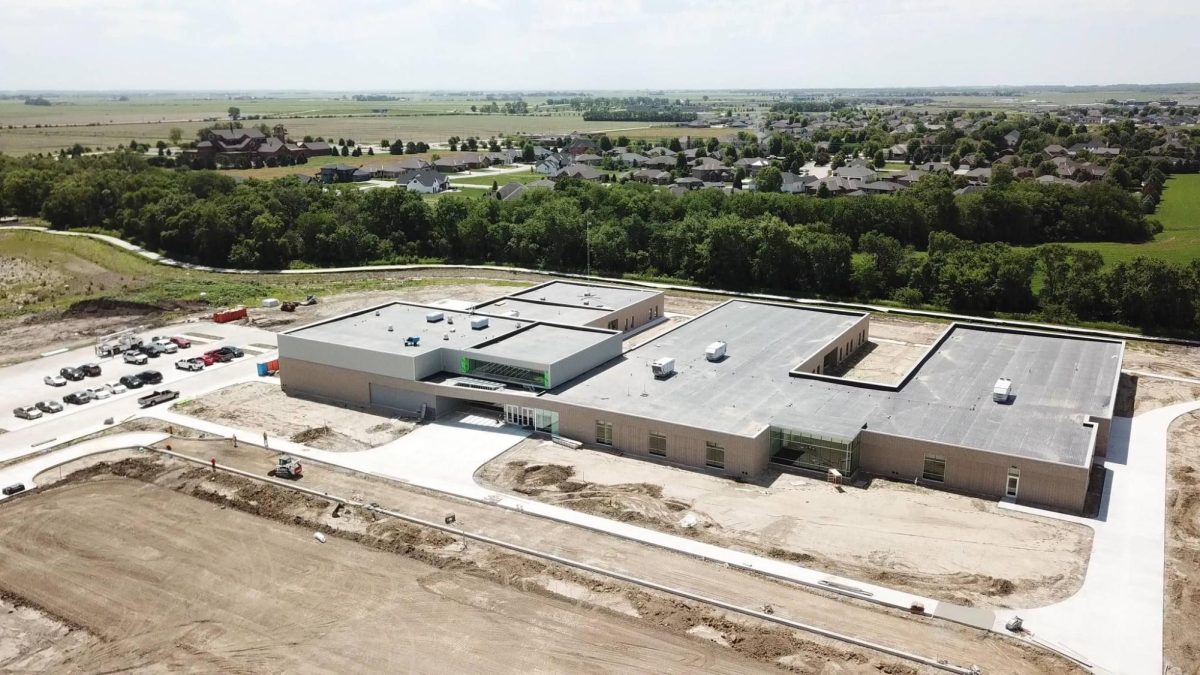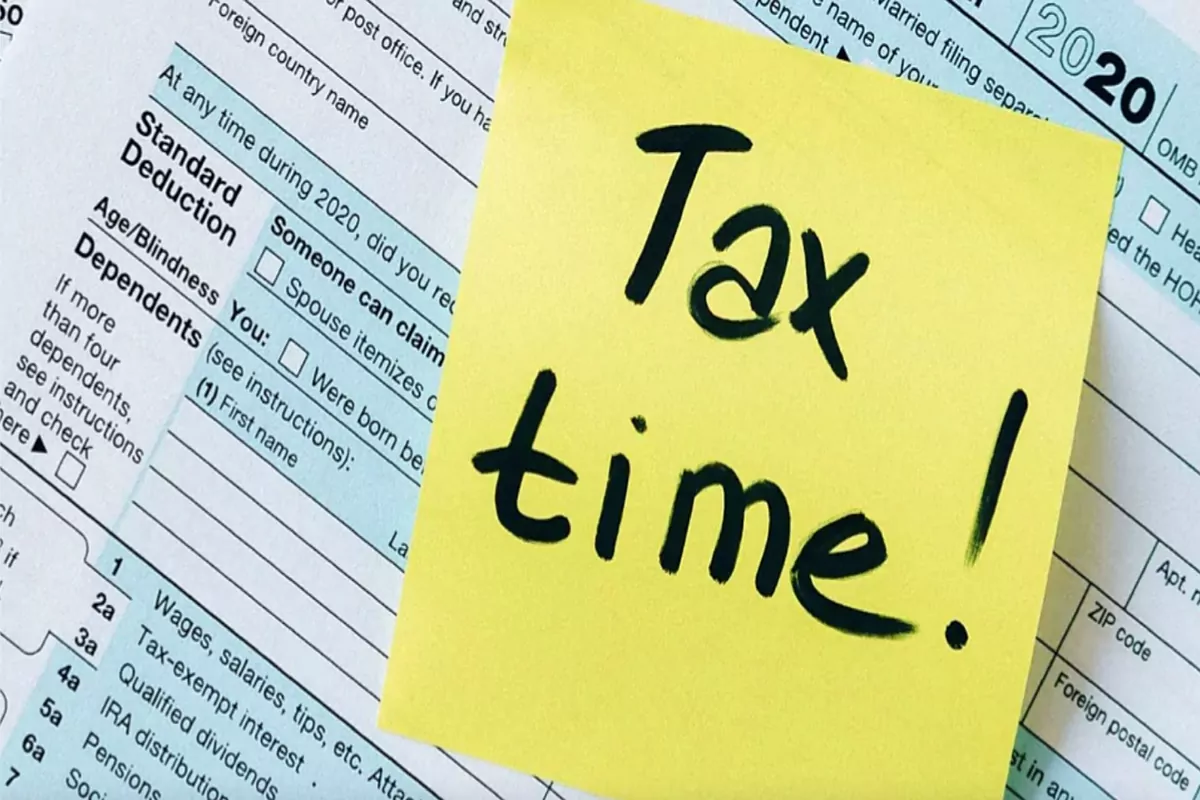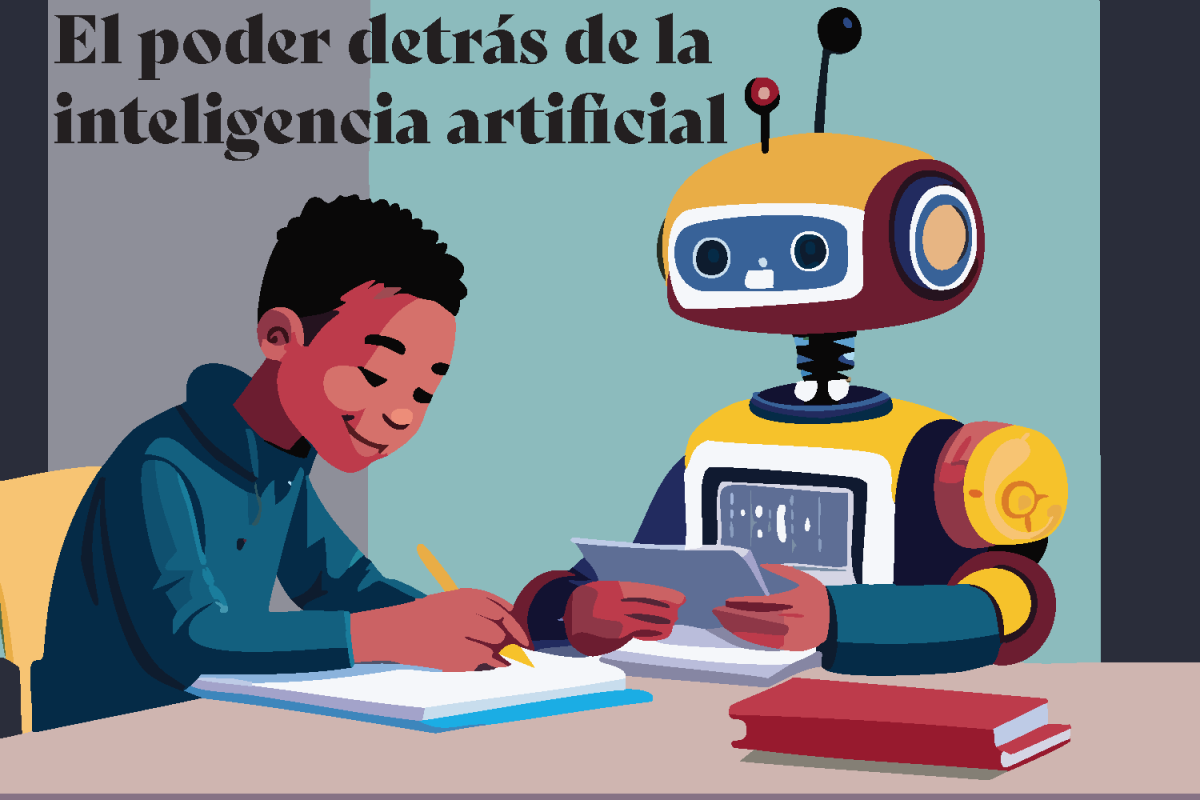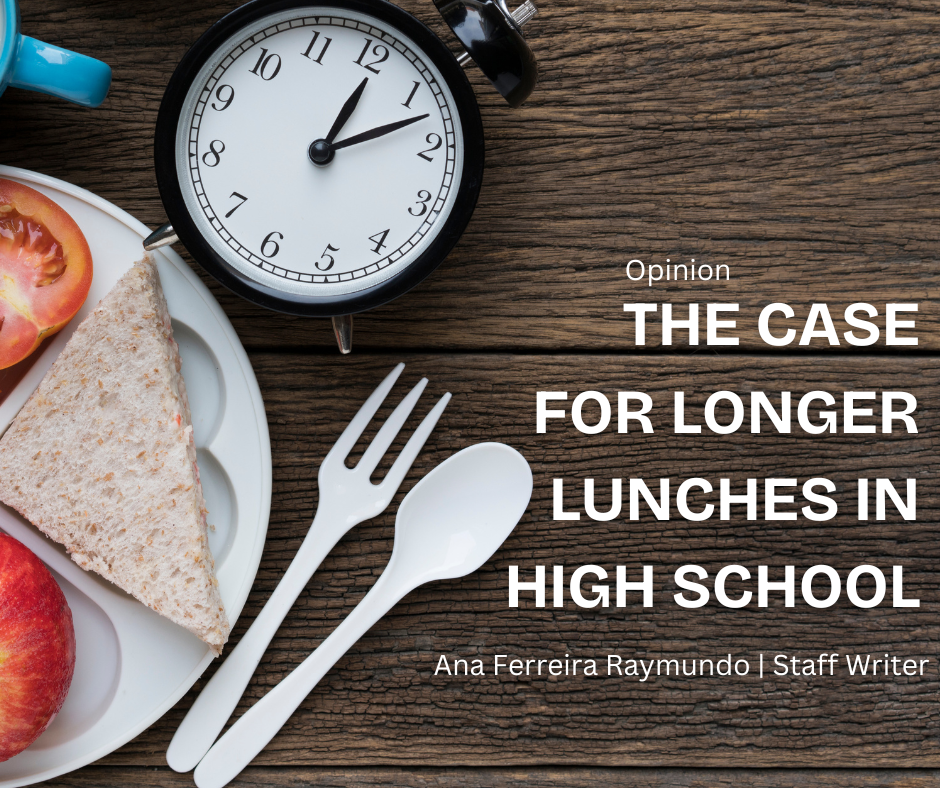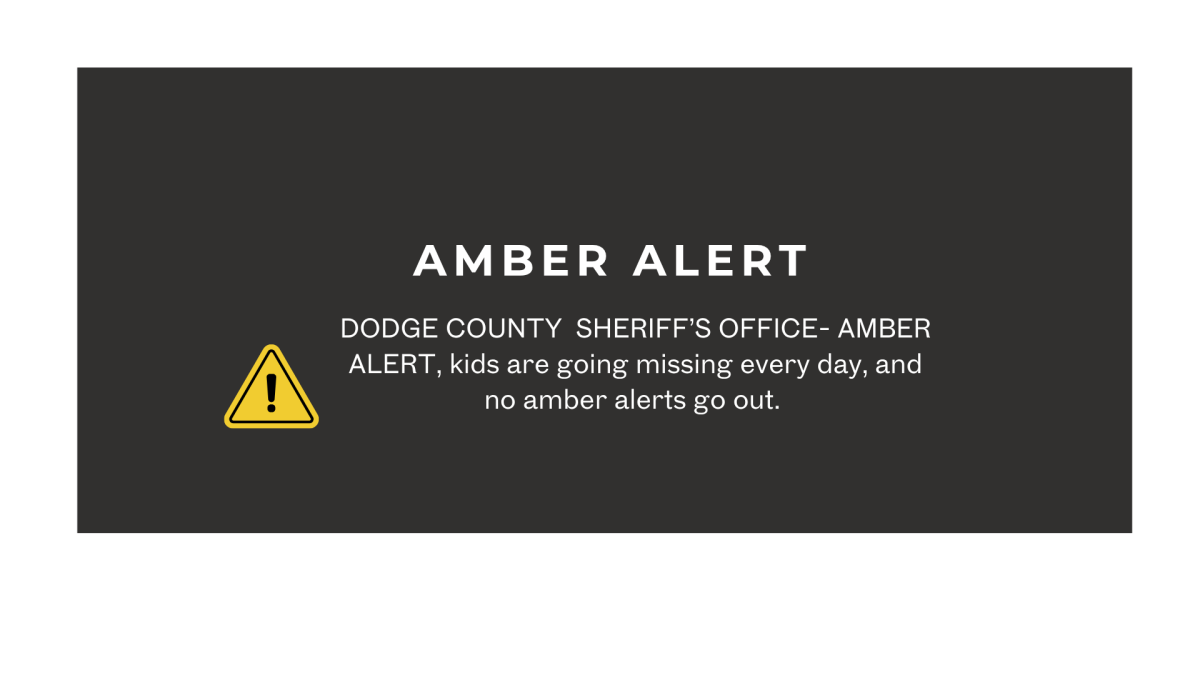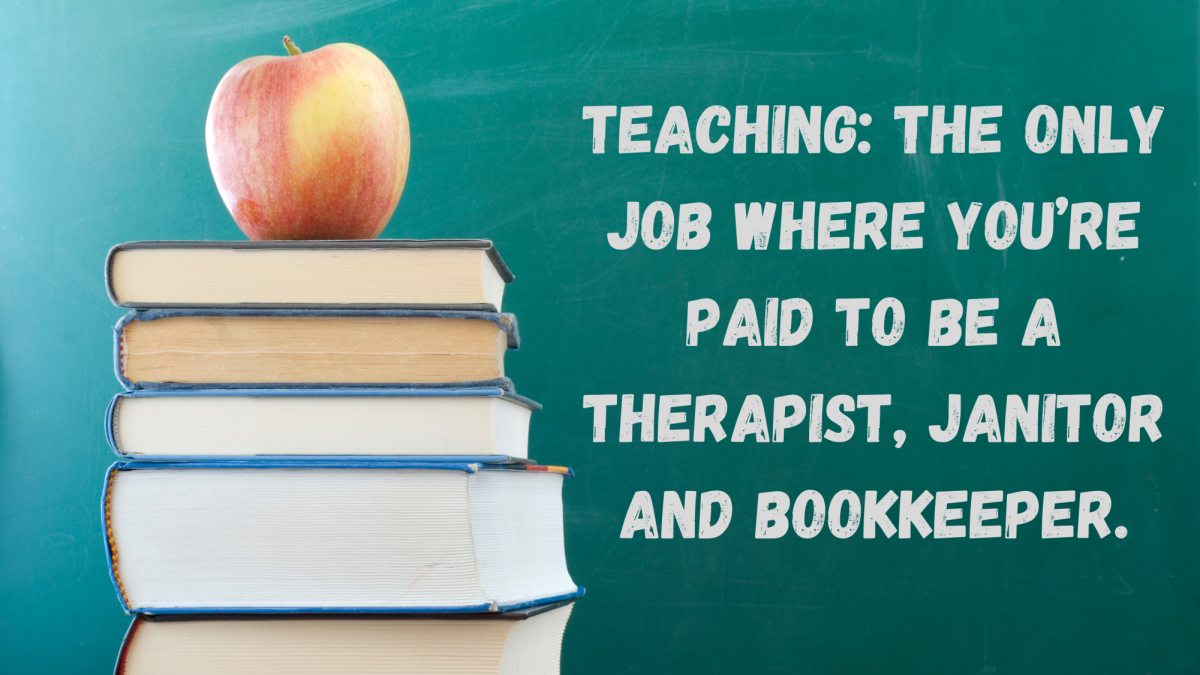Lunch is one of the best parts of the school day. It’s a chance to eat, talk with friends, and take a break from classes. But one of the most frustrating parts of a short lunch break is how much time is wasted waiting in line. By the time students finally reach the front, they might have only a few minutes left to eat and socialize.
In many high schools today, lunch breaks are so short that students find themselves racing through the period with barely enough time to finish their meals. A longer lunch break would allow students to eat well, take their time, and enjoy their food without feeling rushed. Lunch is not just a convenience—it’s essential to students’ physical and mental well-being. More time would allow students to eat better, eat slower, and return to class more prepared to learn.
Students who have longer lunch periods can enjoy a wider variety of foods and consume more nutrients. Eating in a relaxed setting supports both physical health and academic success. With more time, students can eat at a comfortable pace, make healthier choices, and feel more energized throughout the day. On the other hand, when lunch is rushed, students often skip fruits, vegetables, or other nutritious options. A short lunch also leaves little time to unwind or talk with friends—an important part of the school experience.

Longer lunch breaks can significantly benefit students. They give students time to relax, connect with others, and recharge. Some students say longer lunches reduce stress and make school days more enjoyable. Teachers, too, may appreciate students returning to class more focused and ready to learn. Of course, some educators worry about how longer lunches could affect class time. But many students believe the benefits outweigh the challenges. They want time to eat calmly, talk with friends, and take a real break from a packed school schedule.
“We should have an hour for lunch,” sophomore Amy Jerez Alvarado said. “Most of your time is spent waiting in a long line.” She said she spends most of her lunch just getting food, and by the time she sits down, there are only a couple of minutes left to eat. She wants more time to socialize and relax. “We should get a much-needed break from the structured classroom environment.” Amy also said the school should change the menu more often, stop removing the boxed juice, and offer water bottles instead of using water fountains.
“We should get a longer lunch because I don’t get enough time to eat or socialize,” sophomore Noah Beck said.
It’s not just students who see the need for longer lunch periods—teachers do, too.
“We should get more time for lunch—especially teachers,” English teacher Myah Gibney said . “It can reduce stress and promote better physical and mental health.”
A longer break, she explained, would give teachers a chance to eat without rushing before students return to class. It also allows them time to prepare for their afternoon lessons, grade papers, or simply take a break from the demands of teaching.
“We should get like an hour or at least 45 minutes for lunch,” said freshman Analia Raymundo Pablo. She said she doesn’t have time to finish her lunch or talk with friends, especially since they don’t share many classes. “We should get a much-needed break from the structured classroom environment,” Raymundo Pablo said.
Giving students more time for lunch isn’t just about food—it’s about creating space to breathe, connect, and be ready to learn.

